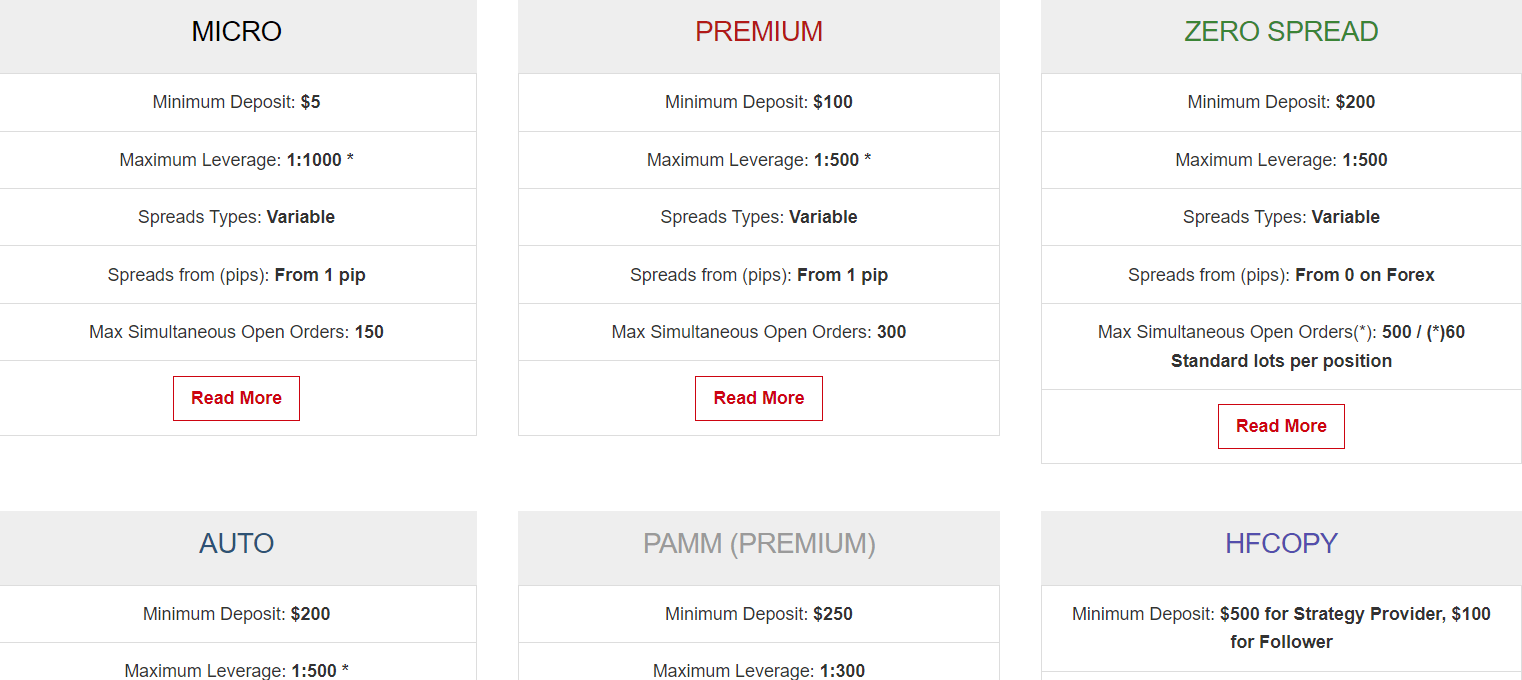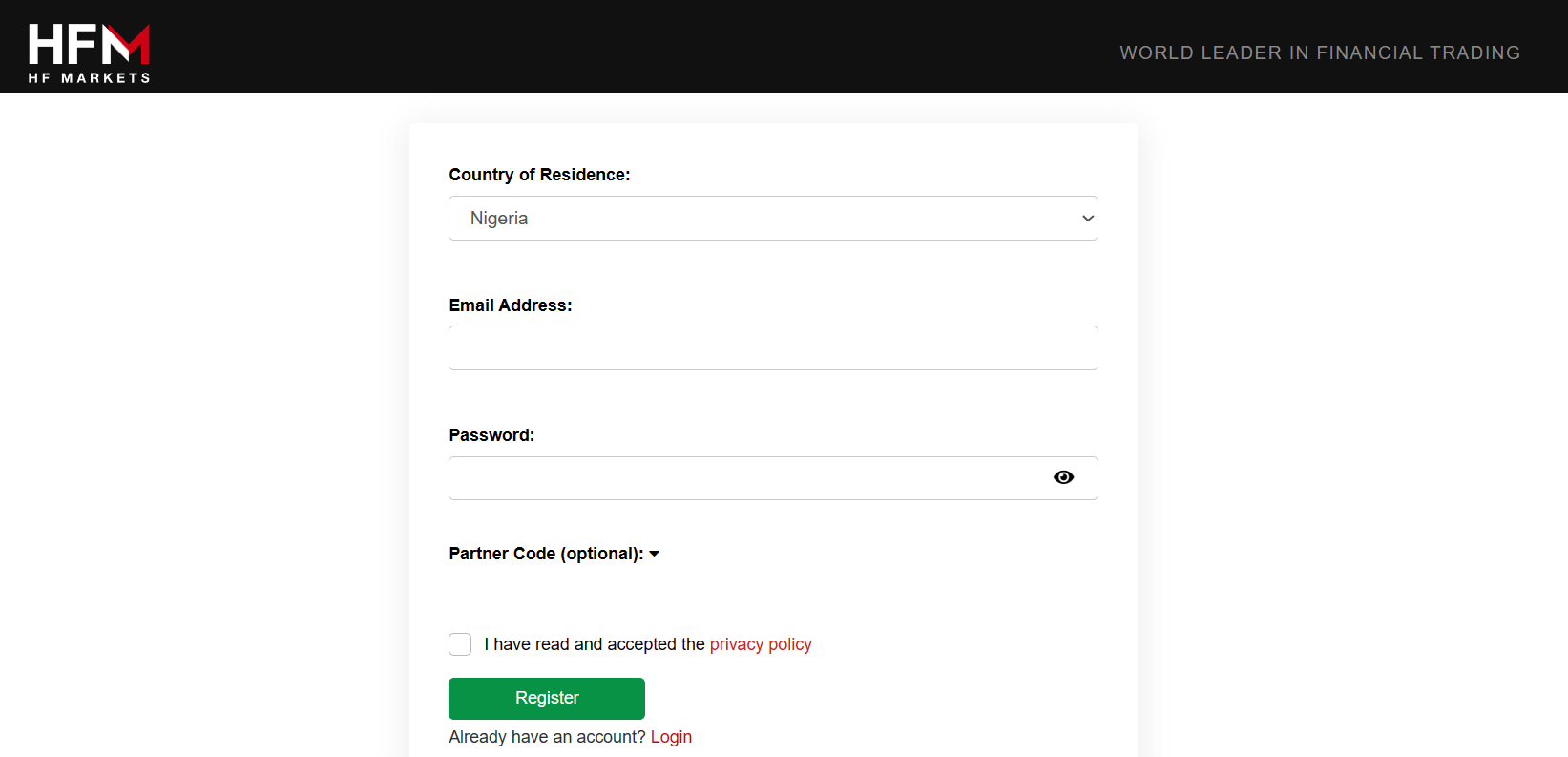Inflation –
Inflation is the rate at which the prices of goods and services increase. If the Inflation of country levels the highest rates, this is a growing concern for its economy as this signals the lack of GDP produced by a country as well as weakening demand for its country’s products. The country is dependent on imports from other countries or has a failed economic policy in place.
Interest Rates – Inter-linked to the above point, interest rates are the rate at which the central bank allows its banks and financial institutions to lend to the country’s population. If it goes high, it implies excessive money circulation in the market. Usually, interest rates have an inverse relationship with the country’s inflation rate and hence are critical for a country’s economy.
Monetary Policy and implementation –
When the central bank of a country announces its monthly or quarterly reports, markets become volatile. The reason behind the same is the faith that the market has in the central bank of each country and its concrete decision-making ability for the sustainable growth of the country’s economy. When Godwin Emilie (Nigerian Central Bank Governor) announces the inflation rates or country import/export results, markets usually react to the news.
Geopolitical stability –
When Venezuela started going through a crisis after the oil price crash, it became very evident that the country’s economy is in deep trouble. The country started having street fights and riots in protest and is still one of the poorest Latin American countries. This had a massive impact on inflation and hence the Venezuelan bolivar crashed to record low levels of economic depletion. Now, 1 USD = 355 billion VEF. Therefore, it is very important to know the stability of a country’s economy and how it affects the exchange rate of the country’s currency.
Import/Export –
When the country’s export increases in comparison to imports, it helps in strengthening its economy and thus the forex exchange rate. More the produce of export means more is the amount of profit/capital available to spend in the country for growth purposes and hence the increase in FX Rates. This is very crucial and import/export reports often get the market excited about future outcomes.
Apart from the above-mentioned major factors, the prices of currency pairs can move due to several other reasons. The forex market is active 24 hours a day and it is nearly impossible to identify or predict each and every price movement.
Important terminology of Forex:
Now that we have understood the main factors affecting forex markets and the types of transactions taking place, we will move on to understanding the basic terminologies of the market in a minimalistic way.
Currency Pair – Currency Pair is defined the combination of two currencies clubbed as a pair which numerically defines what is the worth of one currency when valued against the other. USD/NGN, as well as NGN/USD, are both valid currency pairs. However, the values will be inversed whenever we inverse the currency pair numerator and denominator.
Base & quote currency – Base currency is the currency that sits in the numerator and quote currency sits in the denominator while FX calculation. For example, USD/NGN, where USD is the base and NGN is the quote currency. So, we will the NGN in terms of USD. Here 1 USD = 411 NGN. On the other hand, in the case of NGN/USD, the components are completely inverse. Here 1 NGN = 0.0024 USD
Major/Minor/Exotic currency – The market is split across many different types of currency pairs. Any pair which contains USD and a developed market currency is considered a major currency. Examples – EUR/USD, USD/CHF, GBP/USD, JPY/USD, etc.
Any other developed currency which has high market liquidity but doesn’t contain USD in the currency pair, for example – EUR/GBP, EUR/JPY, JPY/AUD, NZD/GBP, etc are considered minor currencies. Exotic currencies on the other hand are emerging market currencies, which are less liquid and more volatile, therefore these are non-deliverable currencies. Non-Deliverable currencies are those currencies that cannot be transferred or delivered in a financial transaction while trading futures, forwards or options. This is mainly due to the instability and higher downfall probabilities in those currencies. Examples are ZAR, MXN, TRY, INR, MYR, etc. One thing to note is more developed a country, the smaller becomes the range for fluctuation of that country’s currency in forex markets.
Pips – Pips or Percentage in points reflects the smallest amount of change in forex rates. Usually, 1 pip represents a 0.0001 change in the price of a currency pair. So, 1 pip is equivalent to 1/100th of 1% move in a currency. It is kept this low for easy conversion and allows traders to take advantage of the smallest price movement.
Leverage – Leverage is a facility provided by brokers and liquidity providers while trading forex using financial instruments. Here an investor can purchase or sell instruments in multiples of money initially invested.
For example – one can buy 1 standard lot of EUR/USD CFD contracts by investing USD 1000 whose market price is USD 5000. In this case, leverage is 5 times or 5x = 5000/1000 = 5.
However, leverage varies from broker to broker, so it is better to know the leverage ratio beforehand.
It it important to know that high leverage can increase your risk excessively. Most forex brokers operating in Nigeria offer very high leverage of 1:500 & more for major currency pair.
Below is the screenshot from HF Market’s website of their different account types. You can see that the max. leverage is as high as 1:2000, which is very high & cause you to lose very quickly.

With every $1 in you account, you can place a position of $2000. So, to place a mini lot order (10,000 units), you only need to have $5 on your account balance.
Let’s assume that you are trading EUR/USD, or GBP/USD, which have a pip rate of $1 per pip. Assuming the broker charges a spread of 1.2 pips for EUR/USD, then your position would immediately be in a drawdown on $1.2 of 24% on your account balance of $5.
And your account will receive a margin call within 1-2 pips, or you would even lose your entire balance if the market moves 3-4 pips against your trade.
In this example, you are clearly trading using excessive leverage. You should be able to allow at least 30-50 pips of Stop Loss if you are a Swing Trader, and you should be able to place more than 1 trade before losing it all.
This means, you must adjust your leverage according to your risk, and never lose it all in a single trade. Your position sizing must be no more than 2-5% Risk per trade.
Bid/Ask Price – Bid and ask price to represent the buy and sell price of an asset in the market accordingly. The bid price is usually less than the ask price which is usually higher. The psychology of the market is to buy as low as possible and sell as high as possible. Therefore, forces of bidders and askers in the market to drive market trends.
Spread – The difference between the bid and ask price of a financial instrument is known as the spread. If the bid price is 1.1753 for EUR/USD and the ask is 1.1755, then the spread is 1.1755-1.1753 = 0.0002 or 2 pips. Higher the spread, lesser is the liquidity of an instrument. If a market has 0 spread as there is always a difference between the bid and ask prices.
Lot Sizes – Lot size is usually the number of underlying assets comprising the Nominal and the FX rate. Take for example 1000 units of the EUR/USD FX pair cost 1.1753*1000 = USD 1753. The minimum units are defined in the contract. Usually, it is 1000 units but can also start with 10,000 units in case of forward contracts.







